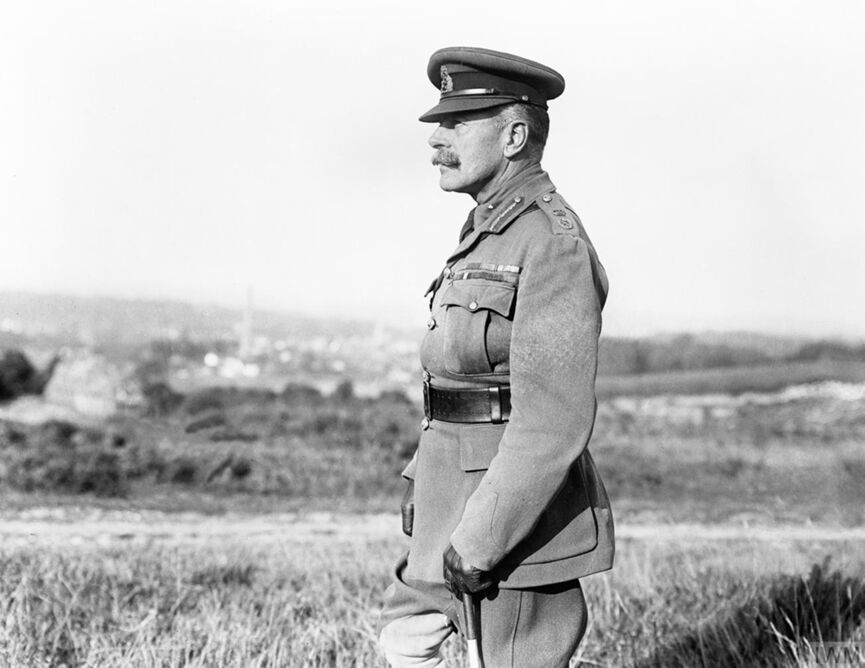A lesson we learned in school is a line from a poem by Wilfred Owen. It was published in 1921. In Latin it reads “Dulce et decorum est/Pro patria mori”. It is actually a quote from the Roman poet Horace, and it translates: It is sweet and proper to die for one’s country.
War is a terrible thing in all its forms. On November 11th we remember, or perhaps we don’t remember, the horrors of World War 1 which tore the world apart and inflicted on Newfoundland something from which we didn’t recover for decades. Maybe we are still recovering.
We know Beaumont Hamel well and our tragedy of July 1, 1916. The July drive – “The Big Push’’ as grandmother and the generals of the Great War called it – was a failure. The Battle of the Somme was poorly planned and poorly executed. The shells that were meant to tear German front line barbed wire apart didn’t do the job. British soldiers, including the men of the Newfoundland Regiment, were supposed to be able to just walk to the German front lines after the bombardment and occupy the first trench. Then the bombardment was supposed to move onto the next trench. Well, that didn’t happen for complicated reasons, including the fact shells that didn’t work and didn’t do the planned job. The result, as we all know, was a slaughter.
I have visited the WW1 battlefields of France and Belgium where the Newfoundland Regiment fought no less than three times. I understand how silly the plan of battle was. As an amateur student of history, I blame Field Marshall Douglas Haig. I am not alone. Winston Churchill blamed him too and so did Lloyd George who saw Haig as unimaginative. In some circles he was called “Butcher” Haig or “the butcher of the Somme”. Nevertheless, the men who fought under him might not have agreed with that assessment. Field Marshall Haig was invited to Newfoundland for the opening of the War Memorial in St. John’s, so you see the esteem in which Haig was held. Bennett Brewery even named a beer after him. You may remember Haig Ale.
Today, I ask you to consider not the Somme, but rather Nov. 11, 1918 and the formal cease fire that ended the war. Consider Armistice Day. We say today “the guns of war fell silent on the 11th hour of the 11th day of the 11th month” but they fell silent only after millions upon millions of soldiers and civilians died and falling silent is something that happened over time. The day of armistice was about average in terms of death.
Here are some numbers. The casualties of Nov. 11, 1918, were around 11,000 dead, wounded, or missing. This was Armistice Day! That casualty number exceeded the number for D- Day in 1944. If you have an image of soldiers dropping their weapons walking out of their trenches and embracing the enemy, forget it. Fighting on several fronts continued because fighting in war is hard to stop. General John Pershing, Commander of the American Expeditionary Force, did not approve of the armistice at all. Consequently Black Jack Pershing, as he was called, gave no instructions to his commanders to suspend any new offensive action during the remaining hours until 11 a.m.
Now, how many died in World War 1? Who knows and how do you keep score? The best guess is that the total number of casualties, military and civilian, in the war was about 40 million. It was the deadliest conflict in the history of the world. Two thirds of all military deaths were in battle. That separates it from 19th century battles where disease was the killer. It was all so horrible.
What were the lessons learned? None apparently. The peace inflicted on Germany after the war by the victors gave rise to a resentment in Germany that was fertile ground for Adolph Hitler. The world went to war again in 1939.
You can contact Jim Furlong at [email protected]
